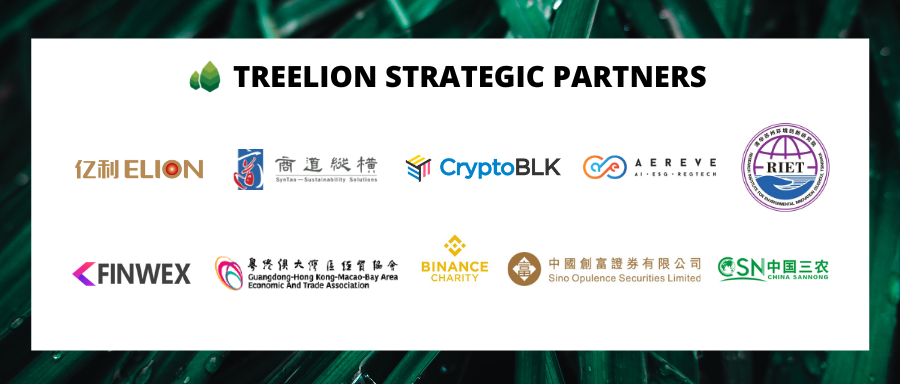
On 21 September, State-owned Assets Supervision and Administration Commission of the State Council (SASAC) held a central enterprise carbon neutralization work promotion meeting in the form of a video, and made arrangements for actively and prudently promoting the carbon neutralization work of carbon peaking. Member of the SASAC Party Committee and Secretary-General Peng Huagang attended the meeting and delivered a speech. Zhuang Shuxin, Deputy Secretary-General of SASAC, presided over the meeting.

The meeting requested that all central enterprises should deeply understand the great significance of the carbon neutralization work, fully, accurately and comprehensively implement the new development concept, and vigorously and orderly promote the key work of carbon peaking and carbon neutralization. The meeting emphasized that all central enterprises should formulate action plans for carbon peaking in a scientific and reasonable manner, “one policy for one enterprise” in accordance with the requirements of the SASAC, focus on promoting the transformation and upgrading of the industrial structure, adjust and optimize the energy structure, and strengthen the innovation and promotion of green and low-carbon technology. Promote synergy and efficiency of pollution reduction and carbon reduction; strengthen organizational leadership, consolidate work responsibilities, do a good job in organization and implementation, ensure results, and give full play to the leading role of central enterprises.
The meeting interpreted the Measures for the Supervision and Administration of Energy Conservation and Ecological Environmental Protection of Central Enterprises and the Guidelines for the Compilation of Action Plans for Carbon Peaking of Central Enterprises. The responsible persons of the relevant departments and bureaus of the State-owned Assets Supervision and Administration Commission attended the meeting in the main venue, and the responsible comrades of the central enterprises attended the meeting in the branch venues.
According to China Environment Report, the Social Responsibility Bureau of the SASAC has solicited opinions from various central enterprises on the Guidelines for Compilation of Central Enterprises’ Carbon Peak Action Plan (Draft for Comments) (hereinafter referred to as the “Guidelines”). The SASAC will further revise and improve the “Guide” based on the situation of soliciting opinions, issue and implement it in accordance with the procedures, and organize central enterprises to complete their own carbon peaking action plans before the end of 2022.
According to statistics, nearly 20 central enterprises have officially released carbon peaking action plans or work plans, and other enterprises are also stepping up the preparation of plans.
The Social Responsibility Bureau of the SASAC pointed out that nearly 20 central enterprises have issued carbon peaking action plans or work plans, but there are still some problems.
1. Some companies do not comprehensively sort out and account for their own carbon emissions, and there is no data basis for compiling carbon peaking plans;
2. Some enterprises do not fully consider their own industrial layout and development stage, and the carbon peaking target set lacks scientific basis;
3. Some companies do not make great efforts to promote industrial transformation, and the proposed peak carbon emission has increased significantly compared with the current level;
4. Some enterprises have not conducted in-depth research on carbon emission reduction paths, and have not proposed practical measures in the plan.
In November 2021, the SASAC issued the “Guiding Opinions on Promoting the High-quality Development of Central Enterprises to Achieve Carbon Peaking and Carbon Neutrality”, making arrangements for central enterprises to formulate and implement the carbon peaking action plan.
According to the “Guide”, the main content consists of seven parts, with a total of 32 articles. The first part is the general requirements, clarifying the scope of application of the Guidelines, the positioning of the central enterprise carbon peaking action plan, the principles of preparation, the scope and duration of the preparation, the preparation subject and procedures, and the requirements for results.
Parts II to VI are specific requirements for program preparation. The second part is “Basic Preparation”, which requires enterprises to accurately calculate carbon emission data before formulating plans, fully sort out and study important policies, strengthen the analysis of internal and external situations of enterprises, and consolidate the basis for formulating plans. The third part is “Goals and Strategies”, which focuses on clarifying the general goals, industry-specific goals, and strategic route setting requirements in the corporate carbon peaking action plan. The fourth part is “Key Tasks”, which proposes key tasks to support the goal of carbon peaking, including but not limited to industrial structure and layout optimization, energy green and low-carbon transformation, resource conservation and efficient use, green and low-carbon infrastructure construction, green low-carbon Twelve items including carbon cycle transformation. The fifth part is “Major Engineering Projects”, which requires companies to specify the basic information and expected carbon emission reduction benefits of major energy conservation and carbon reduction projects planned to be implemented in the plan. The sixth part is “guarantee measures”, which guides enterprises to put forward requirements in the plan in terms of overall planning, organization and leadership, fund security supervision and management, internal assessment, publicity and education, etc., to ensure the implementation of the plan. The seventh part is “Assessment and Demonstration”, which requires the enterprise to fully absorb the opinions and suggestions of all parties during the preparation of the plan, organize evaluation and demonstration, and formally submit it to the Social Responsibility Bureau of the SASAC after deliberation and approval by the board of directors of the group company.
The SASAC promulgated the “Measures for the Supervision and Administration of Energy Conservation and Ecological Environmental Protection of Central Enterprises” (hereinafter referred to as the “Measures”) on August 1, 2022 and it is in effect now.
The “Measures” propose that central enterprises should perform the following responsibilities in energy conservation and ecological environmental protection: establish and improve the energy conservation and ecological environmental protection assessment reward and punishment system for central enterprises, implement annual and tenure assessments, and incorporate the assessment results into the business performance assessment system for the heads of central enterprises.
The “Measures” also require that central enterprises should put forward scientific and reasonable tenure assessment indicators and criteria according to the national policies on energy conservation and ecological environmental protection, the characteristics of the industry in which the enterprise operates, and the level of energy conservation and ecological environmental protection, as well as the international and domestic advanced levels of the same industry. Target suggested value.
The SASAC incorporates the assessment results of energy conservation and ecological environmental protection of central enterprises into the business performance evaluation system of the person in charge of the central enterprise, and reviews the assessment indicators and target recommendations for energy conservation and ecological environmental protection in the central enterprise tenure. The business assessment responsibility is clearly defined.

Industry people said that the assessment indicators of energy conservation and ecological and environmental protection, including carbon emissions, of central enterprises are linked to the assessment of the person in charge, which will form a clear direction, which will help to promote the leading cadres of central enterprises to establish a correct outlook on political achievements and development, and pay more attention to ecology. Civilization construction and the implementation of the dual carbon strategic goals provide more solid organizational and institutional guarantees for it.



